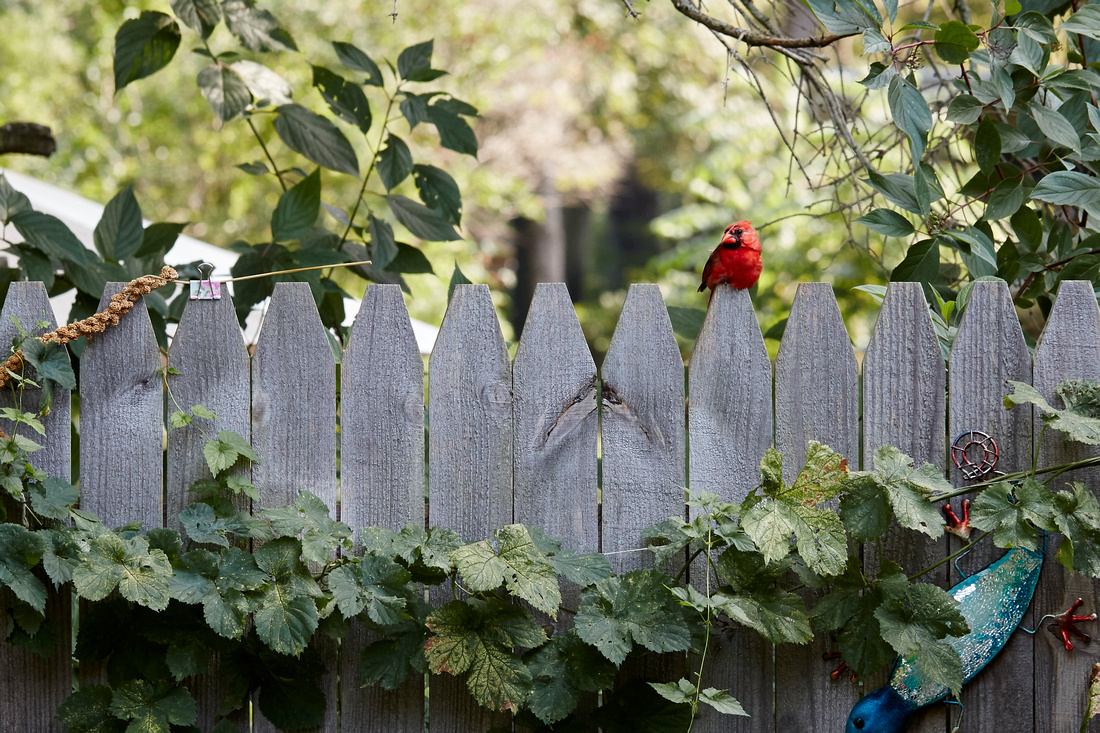

Play with your cat before feeding time, as this will leave your cat tired.

The best way to manage this is with a strict schedule. Moving After EatingĬats need to rest after eating as too much movement will upset their stomach. Over the course of the next 2 weeks, steadily increase the percentage of new food. This ratio should be 90% old and 10% new. Start by mixing the new food with the familiar food. Consequently, any dietary changes need to be made gradually. Even changing a brand of wet food can cause problems. Switching between wet and dry food has a significant impact. Cats have very sensitive stomachs, and any sudden dietary changes will upset a cat’s digestion. If you have changed your cat’s diet, vomiting may follow. Alternatively, get a slow-feeding bowl as they contain ridges that will slow your cat down. Feed your cat half as much, twice as often. If this doesn’t help, break up your cat’s feeding routine. Ensure that your cat understands that it’ll always be fed at a specific time each day. If you have more than one cat, give each cat its own bowl and feed them in separate areas. This may arise if the cat has an inconsistent food routine or shares food with other pets. The cat is concerned that it won’t get to eat if it doesn’t eat fast. The main reason for cats eating too quickly is food anxiety. Your cat will eat rapidly and expel the food when pressure is placed on the digestive tract. Some cats eat faster than their bodies can handle, which is a problem with dry food, which expands in a cat’s stomach. The average adult cat will require 240 calories per day, but senior cats and less active cats will burn fewer calories. You’ll need to moderate your cat’s food intake. Your cat may be greedy, as many cats take pleasure from food consumption. There are many reasons why a cat may vomit after eating, including:Ĭats eating to excess is a common explanation for vomiting.Ĭats can often eat beyond the point of fullness (polyphagia) for the following reasons:

#CAT THREW UP DIGESTED FOOD SERIES#
He or she will perform a series of tests to determine what could be causing your feline to regurgitate food. Regurgitation in cats can be the result of several underlying causes, therefore your veterinarian will want to conduct a number of diagnostic tests.


 0 kommentar(er)
0 kommentar(er)
